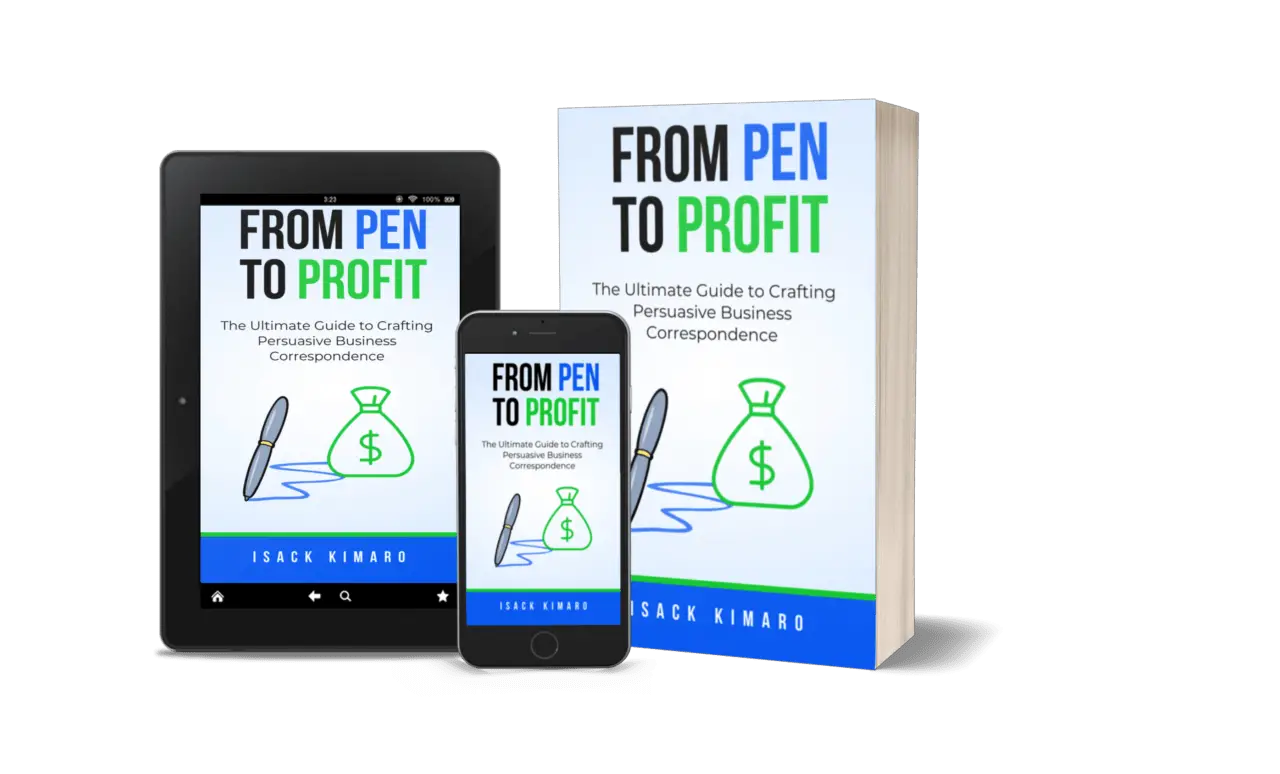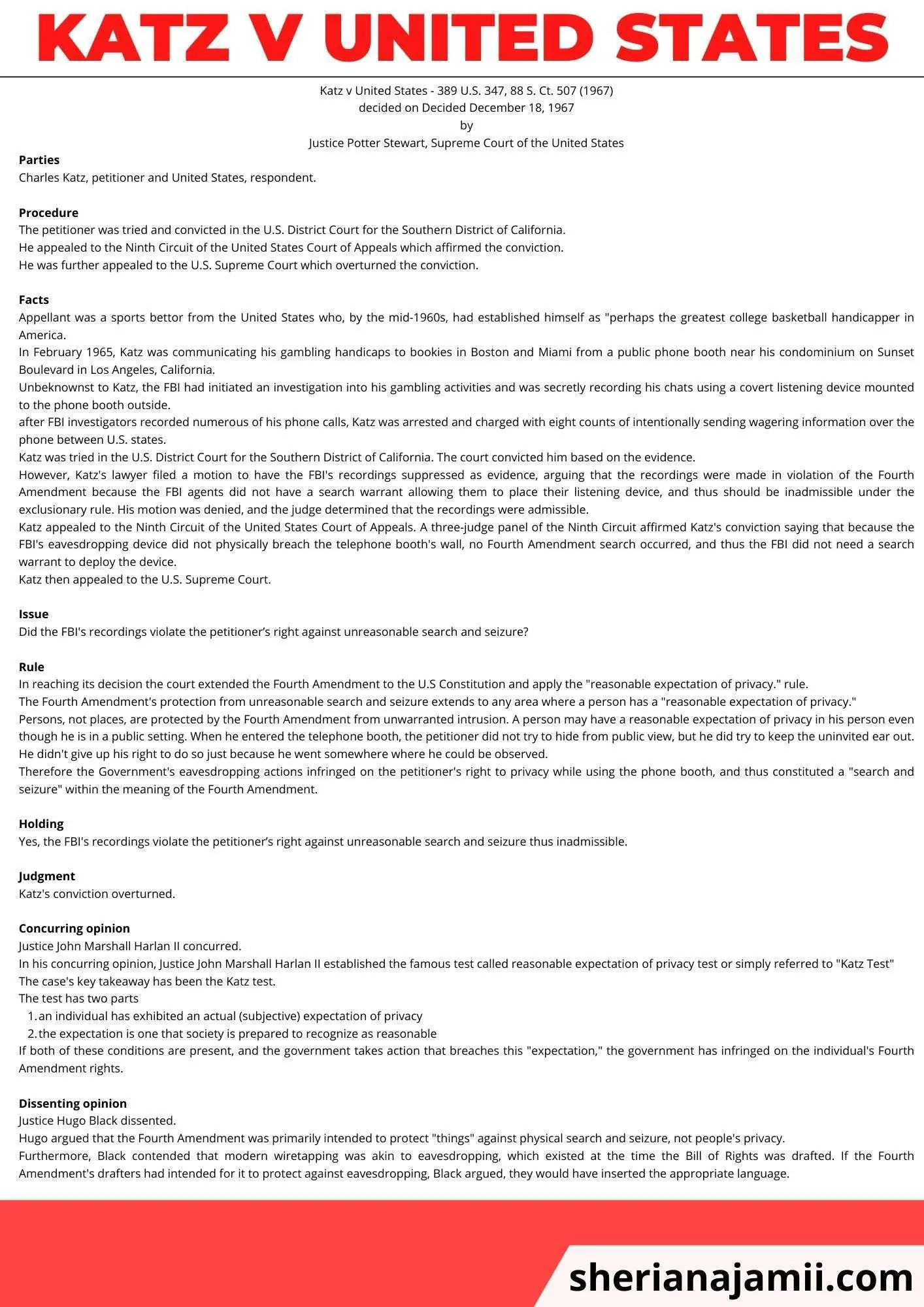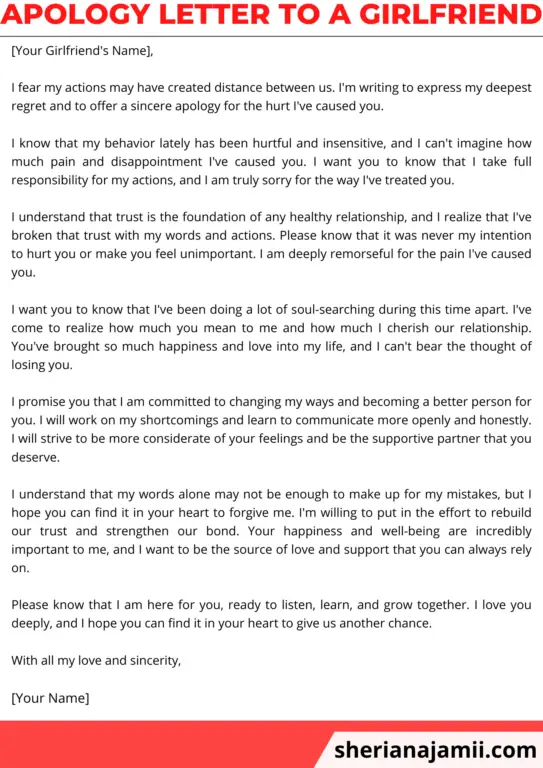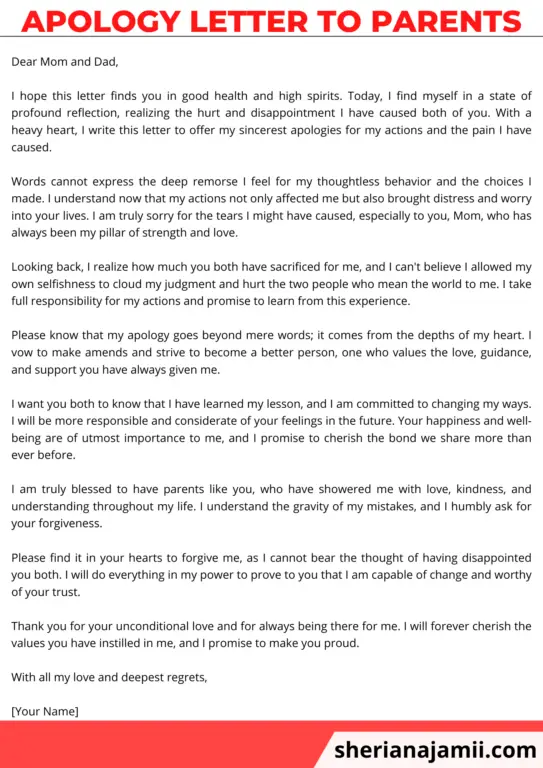here you will see Katz v United States case brief.
Katz v United States is a landmark case in U.S constitutional law.
Katz v United States case expanded the Fourth Amendment’s protections against unreasonable searches and seizures of an individual’s “persons, houses, papers, and effects,” as defined in the United States Constitution, to include “what [a person] seeks to preserve as private, even in an area accessible to the public” as a constitutionally protected area.
Fourth Amendment
The right of the people to be secure in their persons, houses, papers, and effects, against unreasonable searches and seizures, shall not be violated, and no Warrants shall issue, but upon probable cause, supported by Oath or affirmation, and particularly describing the place to be searched, and the persons or things to be seized.
Further Katz v United States case established the Katz test.
Transform Your Communication, Elevate Your Career!
Ready to take your professional communication skills to new heights? Dive into the world of persuasive business correspondence with my latest book, “From Pen to Profit: The Ultimate Guide to Crafting Persuasive Business Correspondence.”

What You’ll Gain:
Kats test was established by Justice John Marshall Harlan II in his concurring opinion. He established that test to determine a reasonable expectation of privacy. The test examines whether a government activity has infringed on a person’s reasonable expectation of privacy.
You can learn more about the Katz test here
Here I will share with you the Katz v United States case brief to help you understand everything you need to know about the Katz v United States case in a simple and accurate way.
Interested in learning how to write your own case brief? learn here
Let’s get started
Jump to section
Katz v United States case brief
Katz v United States – 389 U.S. 347, 88 S. Ct. 507 (1967)
decided on Decided December 18, 1967
by
Justice Potter Stewart, Supreme Court of the United States
Parties
Charles Katz, petitioner and United States, respondent.
Procedure
The petitioner was tried and convicted in the U.S. District Court for the Southern District of California.
He appealed to the Ninth Circuit of the United States Court of Appeals which affirmed the conviction.
He was further appealed to the U.S. Supreme Court which overturned the conviction.
Facts
Appellant was a sports bettor from the United States who, by the mid-1960s, had established himself as “perhaps the greatest college basketball handicapper in America.
In February 1965, Katz was communicating his gambling handicaps to bookies in Boston and Miami from a public phone booth near his condominium on Sunset Boulevard in Los Angeles, California.
Unbeknownst to Katz, the FBI had initiated an investigation into his gambling activities and was secretly recording his chats using a covert listening device mounted to the phone booth outside.
after FBI investigators recorded numerous of his phone calls, Katz was arrested and charged with eight counts of intentionally sending wagering information over the phone between U.S. states.
Katz was tried in the U.S. District Court for the Southern District of California. The court convicted him based on the evidence.
However, Katz’s lawyer filed a motion to have the FBI’s recordings suppressed as evidence, arguing that the recordings were made in violation of the Fourth Amendment because the FBI agents did not have a search warrant allowing them to place their listening device, and thus should be inadmissible under the exclusionary rule. His motion was denied, and the judge determined that the recordings were admissible.
Katz appealed to the Ninth Circuit of the United States Court of Appeals. A three-judge panel of the Ninth Circuit affirmed Katz’s conviction saying that because the FBI’s eavesdropping device did not physically breach the telephone booth’s wall, no Fourth Amendment search occurred, and thus the FBI did not need a search warrant to deploy the device.
Katz then appealed to the U.S. Supreme Court.
Issue
Did the FBI’s recordings violate the petitioner’s right against unreasonable search and seizure?
Rule
In reaching its decision the court extended the Fourth Amendment to the U.S Constitution and apply the “reasonable expectation of privacy.” rule.
The Fourth Amendment’s protection from unreasonable search and seizure extends to any area where a person has a “reasonable expectation of privacy.”
Persons, not places, are protected by the Fourth Amendment from unwarranted intrusion. A person may have a reasonable expectation of privacy in his person even though he is in a public setting. When he entered the telephone booth, the petitioner did not try to hide from public view, but he did try to keep the uninvited ear out. He didn’t give up his right to do so just because he went somewhere where he could be observed.
Therefore the Government’s eavesdropping actions infringed on the petitioner’s right to privacy while using the phone booth, and thus constituted a “search and seizure” within the meaning of the Fourth Amendment.
Holding
Yes, the FBI’s recordings violate the petitioner’s right against unreasonable search and seizure thus inadmissible.
Judgment
Katz’s conviction overturned.
Concurring opinion
Justice John Marshall Harlan II concurred.
In his concurring opinion, Justice John Marshall Harlan II established the famous test called reasonable expectation of privacy test or simply referred to “Katz Test”
The case’s key takeaway has been the Katz test.
The test has two parts
- an individual has exhibited an actual (subjective) expectation of privacy
- the expectation is one that society is prepared to recognize as reasonable
If both of these conditions are present, and the government takes action that breaches this “expectation,” the government has infringed on the individual’s Fourth Amendment rights.
Dissenting opinion
Justice Hugo Black dissented.
Hugo argued that the Fourth Amendment was primarily intended to protect “things” against physical search and seizure, not people’s privacy.
Furthermore, Black contended that modern wiretapping was akin to eavesdropping, which existed at the time the Bill of Rights was drafted. If the Fourth Amendment’s drafters had intended for it to protect against eavesdropping, Black argued, they would have inserted the appropriate language.
Read the full opinion here
other case briefs to read
- Marbury versus Madison case brief
- Hamer v Sidway case brief
- Pennoyer v Neff case brief
- Pierson v Post case brief
- Hawkins v Mcgee case brief
- Tinker v des Moines case brief
- Duncan v Louisiana case brief
- Garrett v Dailey case brief
- Lucy v Zehmer case brief
- Brown v Board of education case brief
- Griswold v Connecticut case brief
- Katz v United States case brief
- Riley v California case brief | United States v. Wurie
- Leonard v Pepsico case brief
- Wickard v Filburn case brief
- District of Columbia v. Heller case brief
- Gonzales v Raich case brief
- Shelley v Kraemer case brief
- Tennessee v Garner case brief




